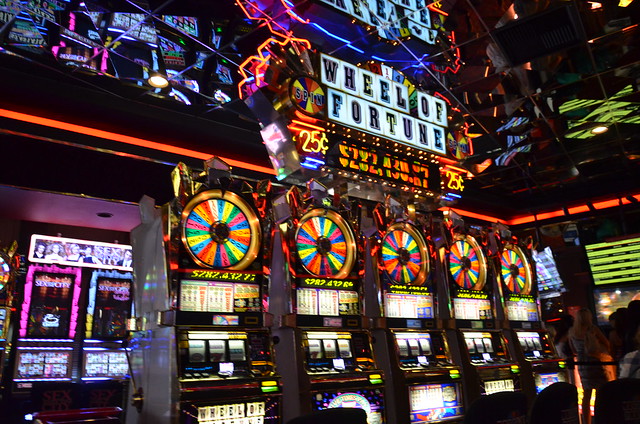 |
| The logo: still the same. |
I was in my 20's, we hadn't yet started a family, and it was the right time to take a flyer. I joined Jupiter Systems, a computer graphics startup in Berkeley, and helped it raise $2 million in venture capital (hey, $2 million was real money in 1982). Like the 9 out of 10 startups you don't read about, we quickly burned through the cash, missed product-development deadlines, and laid off half the staff.
Keeping the company alive was a day-to-day proposition. As the finance person, I spent mornings collecting receivables and cut deals with vendors in the afternoon; we pleaded for suppliers to keep shipping in return for partial payments on the amount we owed. Two years of intense cost control and cutting back a product line to two items stabilized the finances. The company might survive, but it was never going to go anywhere.
I said goodbye to founders Jack, Pete, and Eric and wished them well. Eric offered to buy back my stock for the option price that I paid, but I declined. More labor had gone into that certificate than some other pieces of paper that hung on the wall. I wanted to use it as a prop to tell my kids and grandkids about how dreams don't always come true no matter how hard one works, how honestly one behaves, or how smart a person (thinks he) is.
I received Jupiter's annual reports--always showing a loss--for a few years, then they stopped coming. Over a decade went by, after which a thin envelope came in the mail. Finally, Eric and Jack were calling it quits, I thought, Pete having departed in 1988. Shockingly, the envelope contained a check, a "dividend"--a word as alien to Jupiter as its namesake is to Earth. It was Jack's tech wizardry that kept Jupiter in front of the pack, but it was Eric's vision and persistence that made sure
Jupiter was going in the right direction.
 |
| Eric, 1945-2015 |
Eric Wogsberg was a typical workaholic nerd, but he was atypical in that he would always greet people with kindness and give them all the time they needed. Even in the most stressful situations I never witnessed him getting angry.
In the last decade of his life Eric found happiness. The lifelong bachelor married Pam and loved her ready-made family, who loved him back.
At his memorial service this Saturday, the chapel was overcrowded with people mourning the loss of a man taken much too soon by cancer a week shy of his 70th birthday.
R.I.P.




































